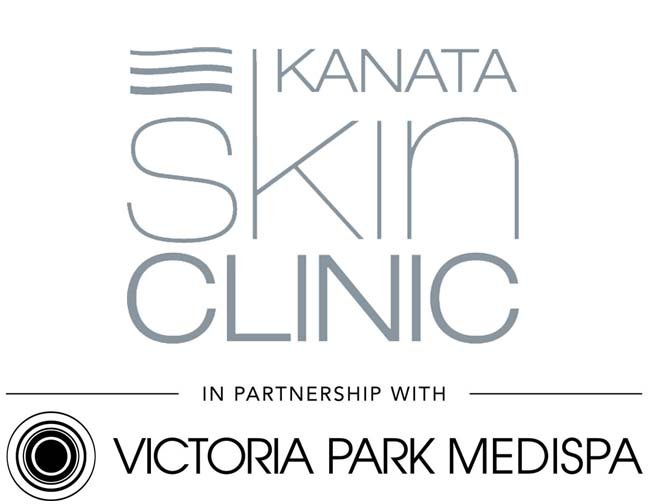Medical Aesthetics BY DR. ERIK HEGMANN, M.D.
“I’ve been hearing the term ‘dermal fillers’ a lot lately, and I’m intrigued. But I’m not really sure what it means,” says Sonja. “Is it like Botox? How does it work? What can it do for me?”
Sonja is not alone. Over the past few years, as dermal fillers have soared in popularity, we’ve been hearing a lot more about them in the media and advertising. Everyone’s interested and wants to know more, but there’s still a lot confusion surrounding them.
Let’s start by understanding a little bit about the aging process: Over the course of our lifespan, the amount and distribution of fat in the layer just underneath our skin is constantly changing and evolving. For example, we come into this world with almost no subcutaneous fat, looking like little scrawny chickens. But within a very short time, we put on quite a bit of fat, and those scrawny little chickens quickly turn into roly-poly, chubbycheeked babies. As we grow into adulthood and on into old age, the amount and distribution of fat continues to evolve, mainly by depleting in areas where we want to keep it (and sometimes by accumulating in areas we don’t!) The overall effect is a deflated appearance of the skin. Often prominent lines and folds appear, especially noticeable on the lower half of the face.
The concept of replacing this loss of fat with some kind of filler has been around for a long time. However, earlier products were fraught with too many potential problems and the results were too unpredictable to make them useful on a larger scale.
In the mid-1990’s the first Hyaluronic Acid-based fillers became available. Hyaluronic Acid (HA) is a substance that occurs naturally in our bodies and it helps maintain the skin’s volume and moisture. Because these new HA fillers are synthesized in a lab, they are very pure and their quality is consistent. This eliminated many of the problems that earlier fillers possessed, and ensured more predictable results. The two most common HA-based fillers available today are Restylane® and Juvéderm™.
Where is it used? Most commonly, fillers are used to restore lost volume and soften wrinkles and folds on the lower half of the face, such as smile lines (extending from the corners of the nose to the sides of the mouth) and marionette lines (the lines you would have if you were a ventriloquist’s dummy). They can also be used to fill in the hollow circles under your eyes and to plump up your cheeks and lips.
Does it hurt? Well, dermal fillers are placed under the skin using small needles, there’s no way around that. Fortunately, Juvéderm™ has recently come out with a newer version that incorporates Lidocaine into its product. With this new product, all the patient feels is the initial pin-prick. After that, the local anaesthetic takes over and they don’t usually feel anything. This results in a much more comfortable experience for the patient - and also for the doctor!
Will it look natural? That is the ultimate goal of the treatment: You should come out of your treatment looking exactly the way you went in, except perhaps a little younger, a little more refreshed, with a few softer lines. Nobody should be able to figure out what you’ve been doing to look so good. For example, my wife always felt that her lips were too thin and undefined, especially the upper lip. Dermal fillers added more volume and created more definition. The result is so natural and subtle that nobody even notices - unless she chooses to tell (and they’re quite nice for kissing, too!)
Ultimately, the key to achieving a natural result depends on the training and skill of the person doing the treatment . But equally important as training and skill is that intangible quality that can only be described as good taste. And that, is where the true art lies. Choose your injector wisely.
- Dr. Erik Hegmann is the Medical Director of the Kanata Skin Clinic
Article written by Dr. Erik Hegmann, MD
Dr. Erik Hegmann, MD, is a family physician who has focused on Cosmetic and Laser Medicine at his Kanata office since 2004. Dr. Hegmann has an extensive educational background with a Master of Science, specializing in cancer research, from Sunnybrook Health Sciences Facility in Toronto, and a degree from the Faculty of Medicine at the Unversity of Toronto graduating with Honours.

